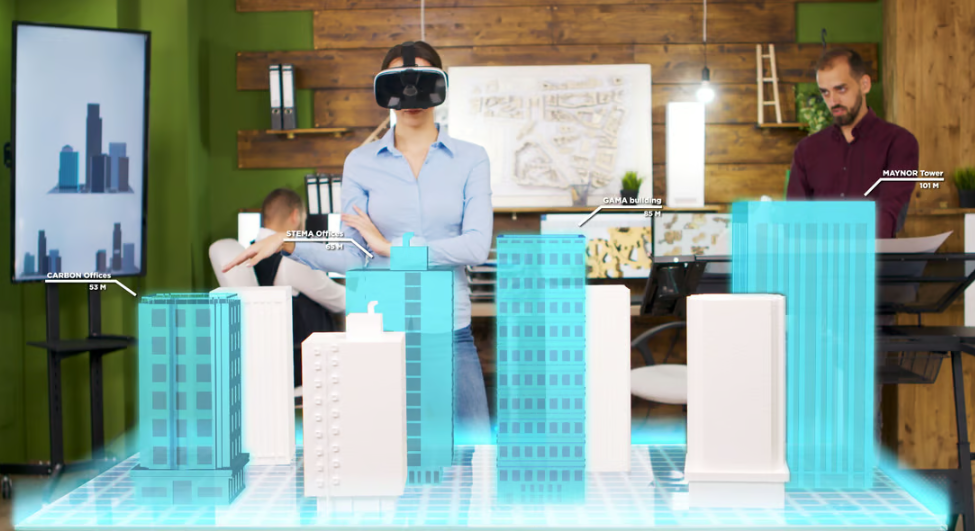Exploring the Impact of Virtual and Augmented Reality Technology
Introduction
In recent years, Virtual Reality (VR) and Augmented Reality (AR) have transcended the realm of science fiction to become pivotal technologies shaping various industries. From healthcare and education to entertainment and manufacturing, VR and AR are revolutionizing the way we interact with digital content and the physical world .
Applications in Healthcare
The healthcare sector has been notably impacted by VR and AR technologies. These technologies offer immersive training simulations for medical professionals, enhancing their skills and confidence in the operating room. For instance, VR programs are being considered for self-guided rehabilitation exercises and addressing chronic pain, suggesting a future where virtual care becomes commonplace .
Applications in Education
In education, VR and AR are creating interactive and immersive learning experiences that can increase student engagement and motivation. The use of wearable devices in the learning process has seen exponential growth, although challenges such as cost, accessibility, and scalability remain .
Technological Advancements and Challenges
Advancements in AR and VR displays, such as the development of holographic optical elements (HOEs) and lithography-based devices, are pushing the boundaries of what these technologies can achieve. However, they also face common challenges like field of view (FoV), eyebox, angular resolution, and providing correct depth cues .
Market Growth and Trends
The global AR/VR market is projected to generate significant revenue, with key trends including the growth of AR/VR wearables, the rise of mixed reality (MR), and opportunities for app developers. However, challenges such as lack of awareness, integration with existing systems, and data security and privacy concerns need to be addressed .
Conclusion
The potential of VR and AR technologies is vast, with applications ranging from medical training and education to entertainment and beyond. As these technologies continue to evolve, it is crucial for businesses and institutions to embrace them while also addressing the challenges to fully realize their transformative power .
The integration of VR and AR into various sectors is a testament to their potential to reshape our interactions and experiences. As the technology progresses and becomes more accessible, it is set to become a common feature in households and organizations alike, promising a future rich with immersive and interactive possibilities.
